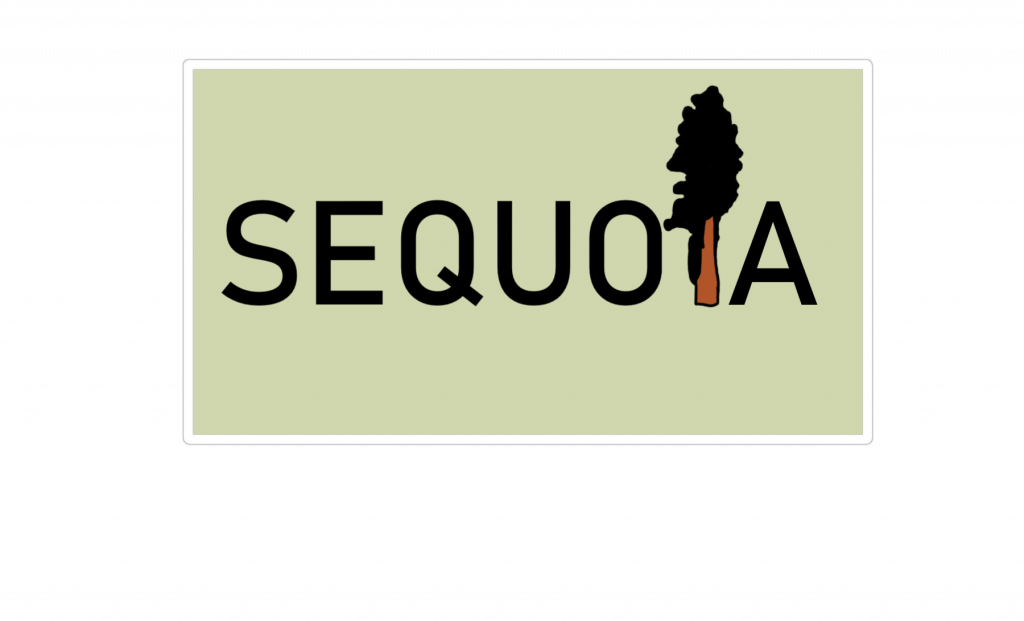Project presentation
This presentation gives an overview of the topics covered in the project, including a summary of the upcoming targets. More information is available below. Please do not hesitate to get in touch if you have any specific questions!


Ultra-stable optical source
Underpinning SEQUOIA is an ultra-stable, ultra-low noise comb source of unprecedented bandwidth (250-400 nm) which builds on NKT’s world-leading supercontinuum sources and adds new PTB techniques for stabilisation and noise control.
Machine learning
AI-based algorithms (UPV) will be used at TUD to program spatial light modulators to encode high purity high-dimensional OAM onto the QOCT beams to increase resilience to noise and improve imaging quality.


Advances in quantum theory
Theoretical work at NCU will develop the first mathematical models of noise in QOCT to optimise the spontaneous parametric down-conversion.

Single photon detection
MPD will deliver new single-photon avalanche diode arrays specifically tailored for quantum imaging, to perform photon coincidence correlation at an unprecedented rate.

Improved OCT software
Norblis’ world-leading classical OCT software will be extended to create the first ever QOCT software.

Metrological characterisation
PTB will perform metrological characterisation of all relevant parameters and DTU will quantify the QOCT advantage over classical OCT.

Retinal test standards
Retinal imaging using stable test standards from WWU will be performed, with automated AI-algorithms (UPV) to compare performance with classical OCT.

Techno-economic assessment
ARD will perform a detailed techno-economic and social life cycle analyses to evaluate future markets and impacts.


